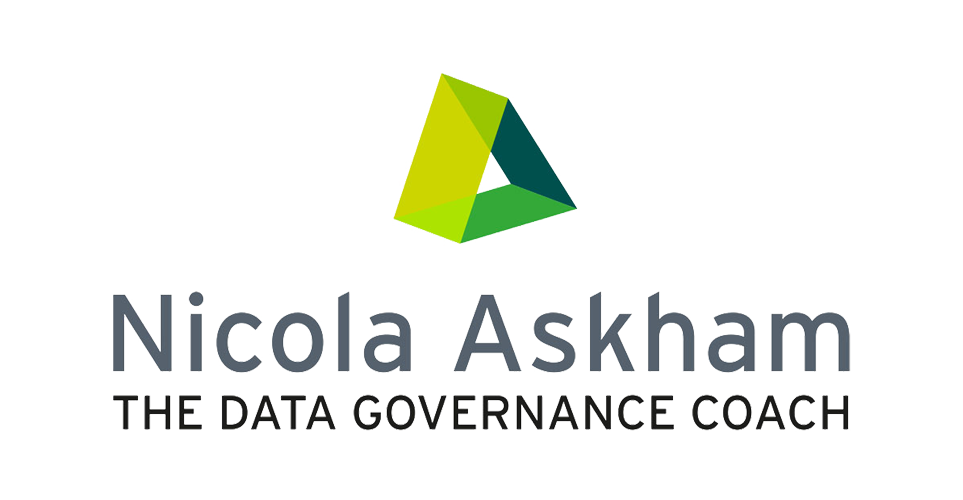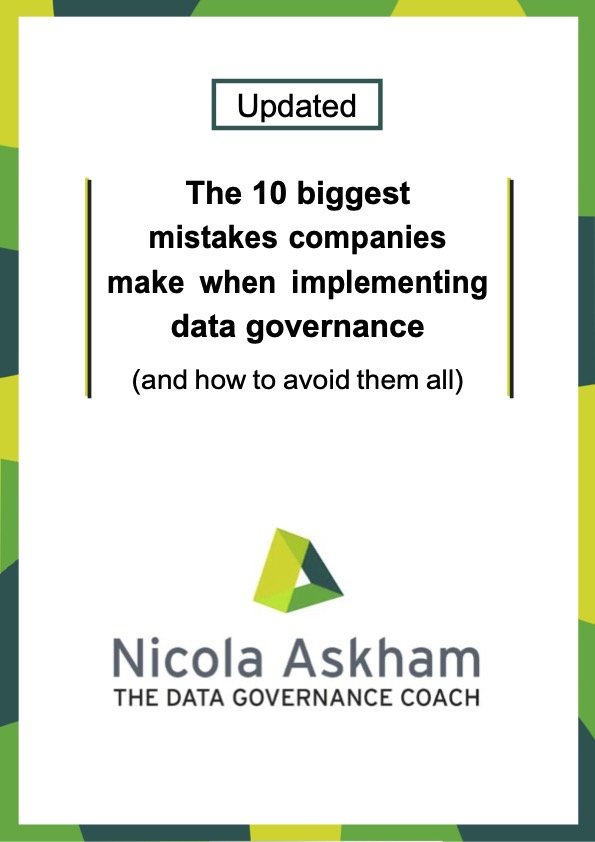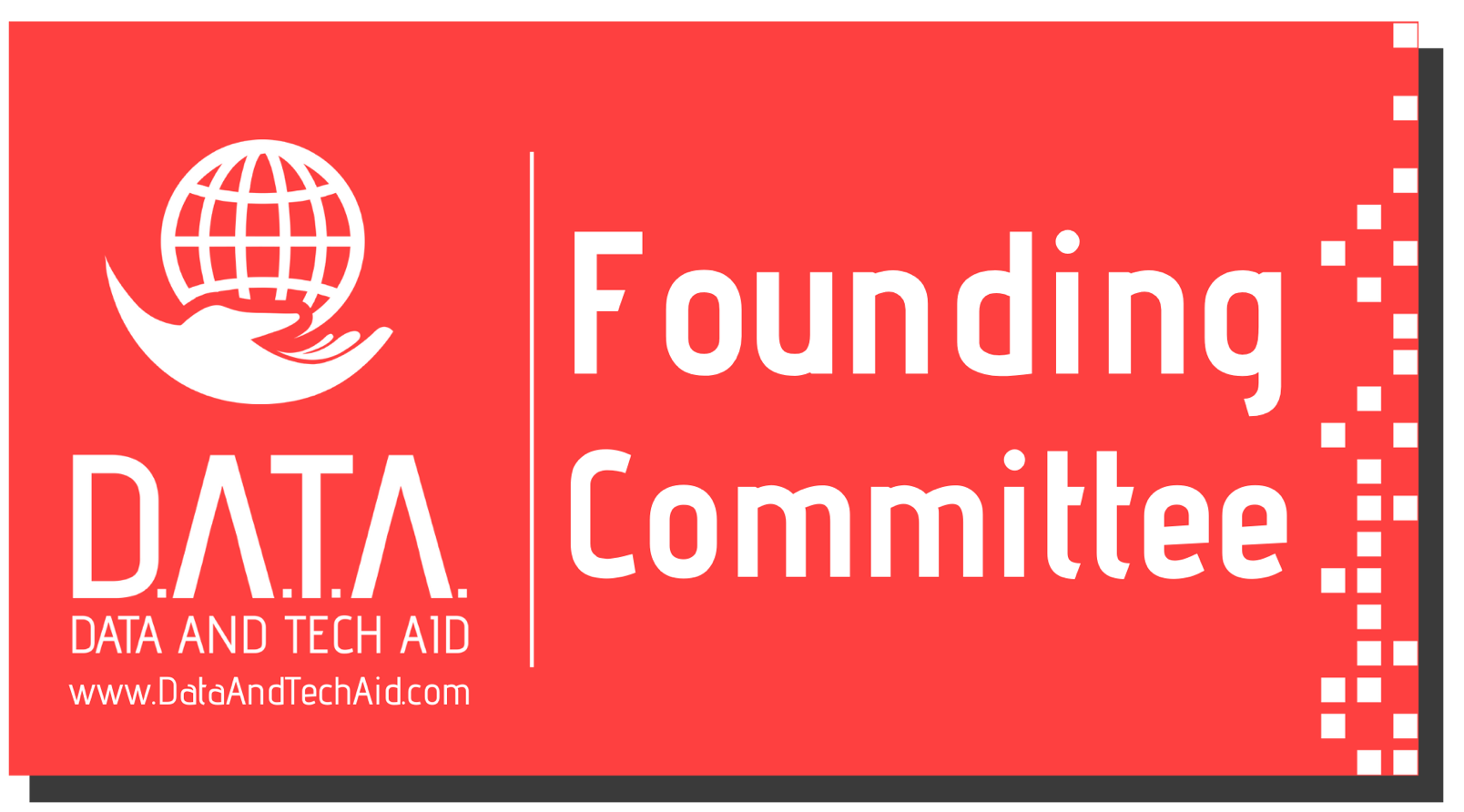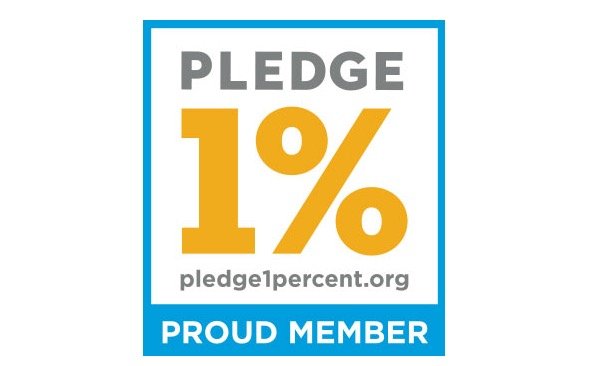Can There Be More Than One Data Owner Per Data Set?
/As you know, I’ve made it my mission in my videos and articles to answer all your Data Governance questions and queries, but quite often the answer is “it depends”. And that's because Data Governance can be applied differently, depending on the individual set of circumstances. But this is definitely not one of those situations.
What is Data Ownership?
Data Ownership is an important component of Data Governance. I believe that there is no such thing as a standard Data Governance framework. But I do believe that there are three key things you have to include in your framework for it to be successful: a policy, processes and roles and responsibilities.
Data Ownership is part of the roles and responsibilities. Trying to find a clear, simple definition for Data Ownership on the internet can be hard, but it is not a complicated concept. It's just about finding and engaging the right people in your organisation to be accountable for one or more sets of data. This covers such things as the quality of the data, the definition of what the data means, where it is stored and what it is used for.
Who should be a Data Owner?
Data Owners are senior stakeholders within your organisation who are accountable for the quality of one or more data sets. That sounds nice and simple, but this covers activities such as making sure there are definitions in place, the action is taken on data quality issues and Data Quality Reporting is in place.
To be suitable to be a Data Owner, they have to be suitably senior in your organisation. They need to have the authority to make changes and also have either the budget or resources available to them to undertake data cleansing activities. If they don't have that authority and resources available, they won't make an effective Data Owner.
Data Owners in larger organisations also usually nominate one or more Data Stewards to help them with these responsibilities.
So, can there be more than one Data Owner per data set?
Well, I feel quite categorically from my many years of experience that you really cannot have more than one Data Owner per data set. It really doesn't work, and I don’t recommend you try it. There’s no exception to this rule (believe me, I've been there, done it, still have the scars). What you need to do is find one senior person within your organisation who is going to take overall accountability for that data, wherever it is within your organisation.
Now, if you have maybe two or more interested stakeholders interested in the same data set, what you have to do is get them together and draw a conclusion as to who is the most appropriate person to own it and the other to be key stakeholders.
Another even better option is to consider splitting that data set into subsets until you find a way of splitting it so that everybody's happy that they are owning and responsible for the data that they really should be. Doing it any other way, I can guarantee you, is not going to work. It's going to cause you loads of pain and is going to result in people telling you that this Data Governance doesn't work or doesn't help them. So, I really, cannot stress this enough - you should only have one data owner per data set. It's better to break your data sets down into smaller pieces so that you can achieve that.
I hope that this was helpful and don't forget if you have any questions you’d like covered in future videos or blogs please email me - questions@nicolaaskham.com.
Or if you’d like to know more about how I can help you and your organisation then please book a call using the button below.
















